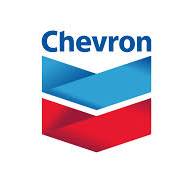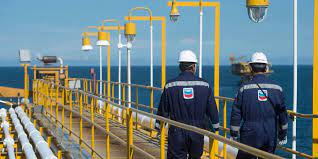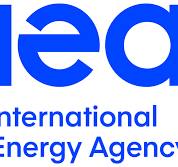UN agency says Chornobyl nuclear plant’s protective shield damaged
Chevron CEO Challenges IEA Predictions

September 16, 2025
Chevron Chairman and CEO Mike Wirth recently addressed the company’s dual strategy of expanding traditional fossil fuel operations while simultaneously investing in emerging low-carbon technologies. In an interview with The New York Times,

Wirth described the company’s approach as a pragmatic response to ongoing global energy demand, pushing back against predictions from the International Energy Agency (IEA) that oil demand will peak by the end of the decade.
Wirth, who has been with Chevron for more than four decades and has led the company since 2018, said that while the IEA has not always been correct, even if oil demand plateaus, new investment will still be needed to offset natural depletion.
“We don’t create demand, we meet demand,” Wirth said, emphasizing the company’s role in providing affordable and reliable energy.
He stated that Chevron will continue to grow its oil and gas business to meet these needs for the foreseeable future, noting the company pumped a record 3.4 million barrels of oil per day last quarter. This perspective comes as oil prices have faced downward pressure from a combination of abundant supply and weaker global demand, a trend many analysts expect to continue.
Beyond its core business, Chevron is also channeling capital into new ventures. The company plans to allocate $10 billion toward lower-carbon initiatives between 2021 and 2028. Wirth cited investments in hydrogen, carbon capture and storage, lithium, and renewable fuels as examples of the company’s forward-looking strategy.

“We have to meet the demands of the economy today, even as we invest in technologies for tomorrow,” he said, acknowledging the need for the company to evolve as the energy landscape changes.
This strategic direction follows a period of significant corporate shifts for Chevron. The company recently completed its $53 billion acquisition of Hess, a deal that was delayed by a legal challenge from rival Exxon Mobil. The acquisition gives Chevron a key stake in Guyana’s Stabroek Block, one of the world’s most promising new oil frontiers.
Wirth also recently moved the company’s headquarters to Texas from California. Despite these changes, Wirth noted that Chevron’s corporate culture is tied to its values rather than its physical location.
He also addressed the company’s plan to lay off up to 20 percent of its workforce by the end of 2026, describing it as a difficult but necessary step to maintain competitiveness in a commodity business.

He also weighed in on the political landscape, noting that the Trump administration’s reversal of prior policies by holding regular lease sales for offshore drilling in the Gulf of America has been a positive development for the industry.
Oilprice.com






